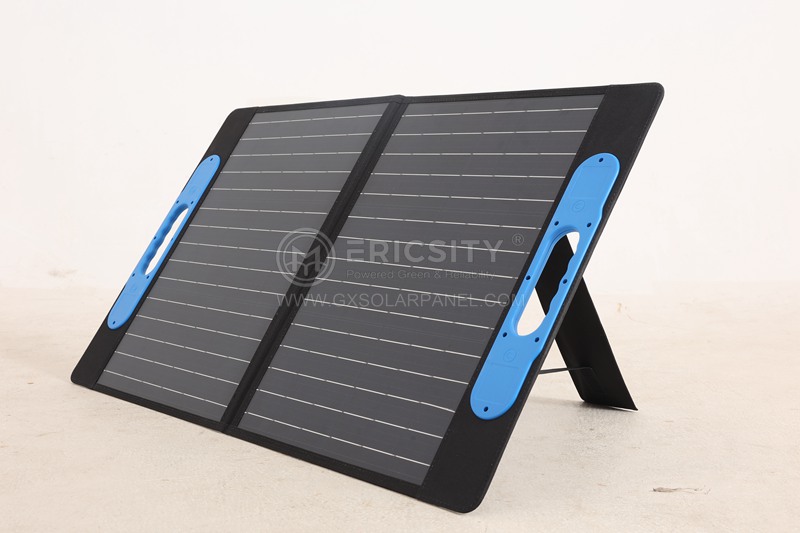HOT PRODUCT
Product Details
the Environmental Advantages Of Semi-flexible Solar Panels
Title: The Environmental Advantages of Semi-Flexible Solar Panels
Introduction (100 words):
Solar energy has emerged as a viable alternative to traditional fossil fuel-based power generation, offering a multitude of benefits. One of the key advancements in this field is the development of semi-flexible solar panels. These panels combine efficiency with flexibility, making them adaptable for various applications. In addition to their efficiency, semi-flexible solar panels bring substantial environmental advantages that contribute to sustainability efforts. In this article, we will explore the environmental benefits of semi-flexible solar panels and highlight their potential to revolutionize the renewable energy landscape.
1. Lightweight and Portable (100 words):
Semi-flexible solar panels are characterized by their lightweight and portable nature. Unlike traditional rigid panels, these flexible variants offer a hassle-free installation process and have a significantly lower carbon footprint. Their lightweight construction reduces transportation energy requirements and simplifies logistics, ultimately minimizing emissions associated with their production, transport, and deployment. This increased mobility makes them ideal for applications such as vehicle charging, portable power generation, and remote off-grid installations, enabling energy access in more remote and underserved areas.
2. Enhanced Resource Efficiency (150 words):
The manufacturing process of semi-flexible solar panels employs highly efficient resource utilization techniques. Unlike rigid panels, these flexible counterparts utilize less raw material during production. The use of thin, lightweight, and flexible materials such as thin-film solar cells ensures that fewer resources are consumed, resulting in reduced energy expenditure, lower environmental impact, and a more sustainable product. Additionally, the flexible nature of these panels allows for integration into a wider range of surfaces, including curved or irregular structures, maximizing installation efficiency and further optimizing resource utilization.

3. Increased Durability and Longevity (150 words):
Semi-flexible solar panels are designed to withstand extreme conditions such as vibrations, impacts, and temperature fluctuations. Constructed with robust materials that provide excellent resistance to physical damage, these panels possess a longer lifespan compared to their rigid counterparts. The enhanced durability and longevity reduce the need for frequent panel replacements, reducing waste production and minimizing the environmental footprint. Furthermore, the lightweight and resilient properties of these panels enable easy detachment and reinstallation, facilitating repair and maintenance, thereby extending their lifespan.

4. Integration with Building Structures (150 words):
With their flexible characteristics, semi-flexible solar panels offer the potential for seamless integration into building structures. Unlike traditional solar installations that often require dedicated spaces, these panels can be incorporated into existing architectural designs, such as rooftops and facades. This architectural integration reduces the need for additional land or space, preserving natural habitats and minimizing soil disturbance. By harmonizing green energy production with existing infrastructures, semi-flexible solar panels promote a sustainable and aesthetically appealing approach to renewable energy generation.

Conclusion (100 words):
Semi-flexible solar panels represent a promising innovation in the solar energy field, offering not only efficiency and adaptability but also substantial environmental advantages. Their lightweight and portable nature enhances resource efficiency, reduces transportation emissions, and expands access to renewable energy. Furthermore, their durability, longevity, and potential for architectural integration contribute to minimizing waste production and preserving natural habitats. As the demand for sustainable energy sources continues to grow, semi-flexible solar panels have the potential to revolutionize the renewable energy landscape, paving the way for a greener and more sustainable future.




